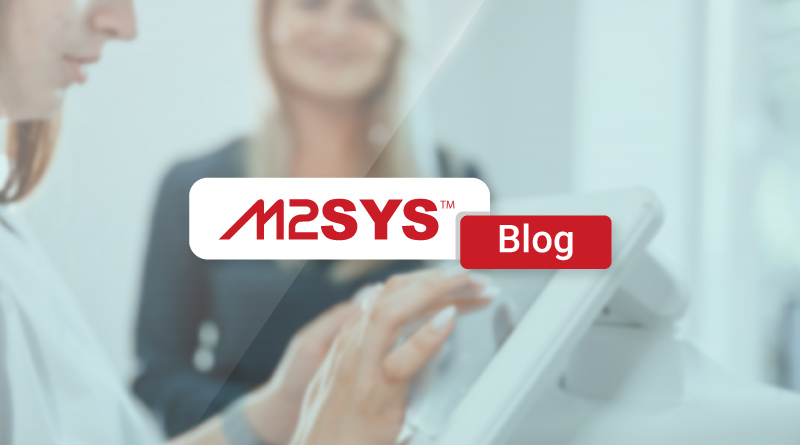Why Government Agencies Must Modernize Real-Time Traveler Risk Scoring for Border Security
Government agencies must modernize real-time traveler risk scoring to enhance border security. Current systems often lag, missing subtle threats and causing delays. By integrating machine learning, predictive analytics, and blockchain, agencies can improve accuracy, reduce false positives, and streamline operations, ensuring safer and more efficient border management.
What if a single overlooked detail at the border could lead to a major security breach? In today’s fast-paced world, government agencies face this risk every day. Real-time traveler risk scoring for border security has become a key tool to spot threats quickly. However, many systems still rely on old methods that lag behind modern dangers. This leaves borders vulnerable. So, agencies must update their approaches to keep up with evolving threats.
How Does Real-Time Traveler Risk Scoring Work in Border Security?
Real-time traveler risk scoring checks passenger data as they arrive at borders. It pulls information from passports, visas, and watch lists. Then, it assigns a risk level based on patterns. For example, if someone’s travel history shows unusual routes, the system flags it. But traditional setups often miss subtle signs because they process data slowly. As a result, officers deal with too many false alerts, which slows down lines and wastes time. Moreover, with global travel hitting over 4 billion passenger trips yearly according to the International Air Transport Association, high-volume environments demand faster, smarter tools.
What Are the Main Challenges in Current Real-Time Traveler Risk Scoring Systems?
Agencies struggle with integration issues when connecting immigration, customs, and law enforcement databases. These silos create gaps where threats slip through. Additionally, high operational costs arise from maintaining outdated hardware and software. Deployment delays happen because customizing systems for specific needs takes months. Compliance problems emerge when rules change, and old tech cannot adapt. Finally, interoperability fails across air, land, and sea points, leading to inconsistent security. For instance, a recent report from the U.S. Department of Homeland Security highlighted how fragmented systems contributed to delays in identifying high-risk travelers during peak seasons.
Why Integrate Machine Learning and Predictive Analytics for Better Risk Scoring?
Machine learning changes the game by learning from vast datasets to predict risks. It spots patterns that humans might miss, like linking a traveler’s social media activity to potential threats. Predictive analytics goes further and forecasts issues before they occur. For example, it can analyze geopolitical shifts, such as rising tensions in certain regions, and adjust risk models accordingly. Therefore, agencies reduce false positives by up to 30 percent, based on studies from security think tanks. This means low-risk travelers move through faster, while officers focus on real dangers.
How Can Blockchain Improve Secure Data Sharing in Border Security?
Blockchain offers a tamper-proof way to share data across borders. It creates a shared ledger that multiple countries access securely. So, if one nation flags a suspicious individual, others see it instantly without risking data leaks. This builds trust and speeds up responses. In fact, pilot programs in Europe have shown blockchain cutting data-sharing times from days to minutes. Consequently, real-time traveler risk scoring becomes more reliable, as agencies pull from a wider, verified pool of information.
What Role Do IoT Devices Play in Real-Time Data Collection at Checkpoints?
IoT devices, like smart cameras and sensors, collect data on the spot. They track movements, scan biometrics, and monitor vehicles without stopping traffic. This seamless flow feeds into risk scoring systems directly. For border agencies handling millions of entries, such as the U.S. Customs and Border Protection processing over 1 million people daily, IoT reduces manual checks. However, without proper integration, these devices create data overload. That’s why agencies need platforms that handle this influx efficiently.
How Do AI-Driven Systems Adapt to Geopolitical Shifts in Border Management?
Geopolitical changes, like new trade agreements or conflicts, demand flexible systems. AI evolves by retraining on fresh data, ensuring risk models stay current. For federal contractors and immigration software providers, this scalability means building solutions that last. A case study from a Southeast Asian country showed how an AI system adapted to a sudden influx of refugees, maintaining security without major overhauls. Thus, investing here not only strengthens defenses but also cuts long-term costs.
What Are the Benefits of Modernizing Real-Time Traveler Risk Scoring for Operations?
Modern systems streamline workflows by automating routine tasks. Officers get instant recommendations, speeding up decisions. This leads to fewer delays for everyday travelers and better resource allocation. Moreover, regulatory impacts, such as upcoming data privacy laws, push agencies toward compliant tech. By addressing these, governments avoid fines and improve public trust. Overall, the shift from reactive to proactive detection transforms border security.
How M2SYS eGov Platform Builds Effective Solutions for Real-Time Traveler Risk Scoring
With over 20 years of experience helping governments worldwide and in the United States, M2SYS understands these challenges deeply. The eGov Platform enables agencies to build and deploy secure, interoperable border control solutions. For real-time traveler risk scoring in border security, it powers tools like the M2SYS Border Control solution. This setup integrates AI to analyze data and flag anomalies instantly. As a result, agencies gain real-time insights for quick actions.
The no-code design allows fast setup, cutting deployment times. It also adapts to country-specific rules, ensuring compliance. Plus, it fosters collaboration between agencies, breaking down silos. By solving integration pains and reducing costs, M2SYS eGov helps build systems that handle high volumes across entry points. Governments can create customized setups that evolve with threats, making borders safer and operations smoother. To see how this works for your agency, consider Contact Us to explore M2SYS eGov further.
What challenges do current risk scoring systems face in border security?
Current risk scoring systems in border security often struggle with integration issues between immigration, customs, and law enforcement databases, leading to gaps where threats might slip through. They also face high operational costs due to outdated technology, and deployment delays are common as customizing these systems can take months. Furthermore, compliance challenges arise when regulations change, and old systems can't quickly adapt. Learn more about overcoming these challenges with eGov Platform.
How does machine learning improve real-time traveler risk scoring?
Machine learning enhances real-time traveler risk scoring by identifying patterns in large datasets that might not be obvious to human analysts, such as correlating travel history with potential risks. This advanced technology reduces false positives and allows agencies to focus on genuine threats, improving overall security at borders.
Can blockchain technology benefit border security operations?
Yes, blockchain technology can significantly enhance border security operations by providing a secure, tamper-proof way to share data across borders. This technology facilitates instant data sharing between countries, enhancing trust and speeding up the response to potential threats. For practical implementation, look into M2SYS Border Control.
Why is AI beneficial for adapting to geopolitical changes in border management?
AI systems can dynamically learn and adapt to geopolitical shifts, such as changes in trade agreements or regional conflicts. This adaptability ensures that border security measures remain effective and timely. Federal agencies can maintain robust security without extensive manual system overhauls.









